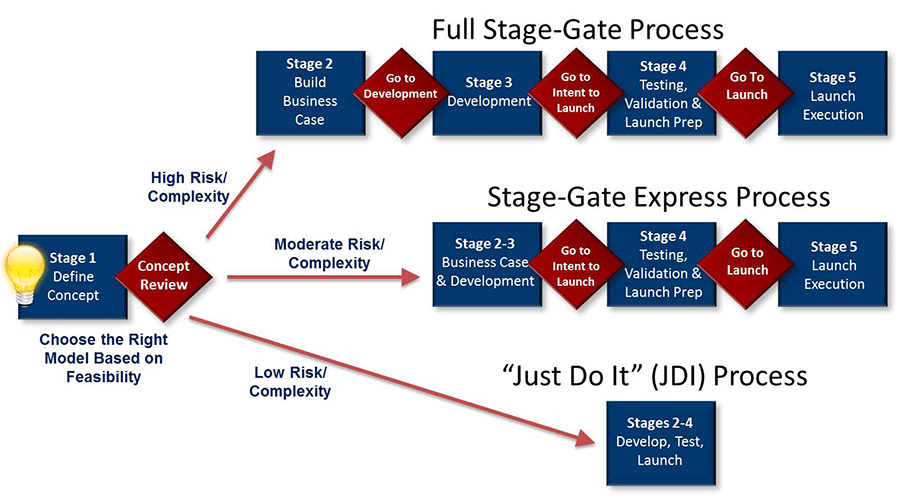Introduction
When building a new home, one of the important elements that ensures a smooth and successful construction process is regular site inspections by your supervisor or builder. These inspections are vital for maintaining quality, adhering to schedules, and addressing issues promptly.
In this blog post, we will explore the typical frequency and purpose of these site visits, highlighting how they contribute to the overall construction process and why balanced supervision is crucial for achieving the desired results.
Site Inspections by Your Supervisor/Builder
As a rule of thumb, a Residential Building Supervisor working for a volume builder will visit your site at least twice a week, preferably three times. This level of supervision assumes that your builder/supervisor is managing at least 20 homes simultaneously. The number of inspections a supervisor can conduct weekly depends on the geographical separation of the sites under their supervision and the complexity of the homes being built. This number also increases depending on the stage of site activity.
For example, a house at the slab-to-frame stage would be visited at the following intervals:
- The day the slab is being poured to check that the concretors are onsite.
- The day after the framing timber is booked for delivery to ensure the framing carpenter is ready to start.
- The day the framing carpenter starts to book in the fascia, gutter, and roof.
- The day before the fascia/battens and gutter are scheduled for installation to check that materials are onsite.
- The day of the scheduled installation to ensure the roofing materials are onsite and ready for installation.
- The day the roof is scheduled to be installed to check that the labour has shown up.
The point of this post is to inform you that the level of supervision on your site will vary at different stages of construction.
One important point I remember from university, which applies to this post, is that everything in construction is a function of three variables: time, cost, and quality. As soon as emphasis is placed on one variable over the others, there must be resultant effects.
Considering the information outlined, the supervisor's run area (time), the number of jobs under supervision (time), the length of construction (time and cost), the level of supervision required to achieve display/industry standards (quality), customer service and support (quality and time), and site administration (time) all affect each other. The builder must manage their time effectively to ensure that each site receives the same level of supervision. Demanding that your supervisor spend an inordinate amount of time at your site when it is not required will affect the quality of supervision at your site.
The best way to think about it is to remember the circus act where the performer spins plates on tall sticks. The performer must dedicate an equal amount of time to each stick to keep the plates spinning. If the performer’s sequence or concentration is broken, and too much time is spent on one stick over another, the result is that a plate will fall and smash.
In my experience, the same applies to residential housing. You may think you are gaming the system by getting more attention, but the truth is that sooner or later the plate/supervisor/builder will fall off the stick and break. This outcome affects everyone.
Working with Your Supervisor vs. Demanding Attention
It is important to distinguish between working collaboratively with your supervisor and demanding excessive attention. Effective communication with your supervisor is important to ensure that your expectations are aligned with their working methods and the standards set by the National Construction Code (NCC) and other referenced standards.
If you notice that your supervisor is not meeting the minimum standards required, you are well within your rights to demand more attention and accountability. However, the goal should be to engage pro-actively with your supervisor before construction begins.
Discuss how they plan to manage your project, what you expect from them based on what was promised during the sales process, and any questions or concerns you might have. This approach helps set clear expectations and ensures that both you and your supervisor are on the same page, fostering a productive and efficient working relationship. By maintaining open lines of communication and addressing potential issues early, you can avoid misunderstandings and ensure that your home construction project progresses smoothly.
Conclusion
In conclusion, balanced and effective site supervision is crucial for the success of your home construction project. Understanding the variables of time, cost, and quality and how they interact can help you appreciate the importance of your supervisor’s time management.
By maintaining perspective and allowing your supervisor to manage their workload efficiently, you contribute to a smoother construction process and a better final outcome for your new home.
Further Reading













